2001 Yamaha FZ-1 Hop-up - Motorcycle.com
Torrance, California, September 3, 2001 -- We've heard that the Good Lord smiles on those who immerse themselves in absurdity. That's not to say it holds true, mind you. We've just heard it somewhere. Maybe it was Hunter S. Thompson. He seems a likely source as any.
It's all about passion, though, these motorcycles we ride. And we'll do anything to evoke it from them, even if it takes a large wad of money that follows a few misguided brain synapses. Some bikes don't deserve any post-purchase attention, but others are just begging for it right from the get-go. And Yamaha's FZ-1 is the greatest case we can make in our defense.
The intro came and we bowed our heads. Not in honor of said FZ-1, but in shame for letting ourselves get so caught up in the hype. It seemed the new Yamaha was little more than a lighter Suzuki Bandit with a peppier motor, less weight and less capacity for touring. Sure, it was based on the R1, but it was no naked R1 as we'd hoped for. Not a bad bike, mind you, but it was just so blah we were forced to drink a lot at night, looking for stimulus elsewhere. We sure as hell wouldn't find it on the bike.
The first order of business was to inject the FZ-1 with some much-needed life. We've spent thousands of miles on both stock and modified R1s, so we came to the conclusion there must be personality in the naked R1 too. And we were right.
Take a close look and you'll see the details. Carbon fiber is everyw
We tested out two different slip-on exhaust cans: The first was a pre-production carbon unit while the second was the production aluminum canister. Both cans easily dropped some poundage from the big Yamaha while livening up the motor.
The result of said exhaust swap was a raspy in-line four sound and a bit more top-end pull than we had stock. Just what the doctor ordered. The only downside to this modification was that the bike was a bit more finicky with cold starts and that it wanted a few more revs than stock when pulling away from a light. Once on the go, however, the carburetion was perfect and never lurched or jerked in any situation.
Another area of concern when we first sampled the bike was how portly it had grown during its transformation from track weapon to street stud. Said change added 74 pounds (459 lbs - 385 lbs, both are dry, listed) to the bike and, when combined with a taller stature, conspired to make the bike feel even heavier than it should have been.
All the carbon pieces fit well and we didn't have any serious problems with things fracturing or the enamel cracking off. The only issue we encountered was on the front fender. The all-carbon item started to fracture at the mounting points on either side of the forks, a not uncommon problem where carbon fenders are concerned.
Further transforming the bikes character are the low handlebar mounts and titanium handlebar. Gone is the sit-up-and-beg riding position. In its place is a more sporty (though by no means uncomfortable) arch in the riders spine that lends itself to a machine that has just been infused with a healthy dose of Sport where once there was little.
With the changes to handlebar, the suspension was changed as well. How, you ask? The lower bar mount requires the front preload to be cranked down to make room for the flat titanium bar. This wasn't a problem for us though, as we tended to set up our stock FZ-1 similarly. We only recommend that rear pre-load be increased as well to better match the front of the bike.
As delivered, the modified FZ-1 would push the front end on corner exits. This was a combination of suspension set-up and the seat that made it hard to keep our weight up front, where it belongs. After increasing the pre-load (two notches from maximum) as well as increasing the compression and rebound damping a bit, we w
Low-mount titanium handlebars, a chin spoiler and a taller wind screen do an excellent job of improving the FZ-1's silhouette. In fact, just about every part we tested improved some aspect of this great all-'rounder.
A call to the good folks at Metzeler saw a fresh set of our favorite Rennsports at our door just a few days later. This recent iteration of the 'Sports has the same tread pattern as the tires we love on the track, but with a different compound for the street. It was a perfect match. The only other changes made to the bike were little detail things like a shorter throttle cable (to avoid kinked cables with the shorter bars) and a few more carbon fiber bits like the air box covers to really make the bike complete.
So, if you have an FZ-1, do you really need to make all these changes? Absolutely not. But, then again, spome people like plain vanilla. For us, these changes make a so-so bike into a great one. It's rare that we resist giving a bike back to a manufacturer, but we were truly sorry to see this one go. We were overcome with passion where before there was none. A trade we're willing to make at almost any price.
PART PART NUMBER MSRPCarbon Fiber Slip-On Exhaust System ABA-5LV93-CF-SS 4.00Low Handlebar Mounts ABA-5LV91-60-00 .95Titanium Handlebar ABA-5LV75-00-00 .95Throttle Cable, Short #1 ABA-5LV48-10-00 .95Throttle Cable, Short #2 ABA-5LV48-11-00 .95Carbon Fiber Front Fender ABA-5LV11-00-00 8.70Carbon Fiber Fairing Accents ABA-5LV27-71-00 9.95Carbon Fiber Side Covers ABA-5LV09-10-00 9.95Carbon Fiber Air Box Covers ABA-5LV95-20-00 9.95Carbon Fiber Top Clamp Accent ABA-5LV27-52-00 .95Carbon Fiber Instrument Panel Accent ABA-5LV27-51-00 .95Carbon Fiber Chain Guard ABA-5LV26-30-00 6.00Lower Cowl ABA-5LV08-00-BK 9.95Ergonomic Seat (sim. carbon fiber) ABA-5LV21-10-00 9.00Tall Windshield ABA-5LV03-00-00 .95
More by MO Staff



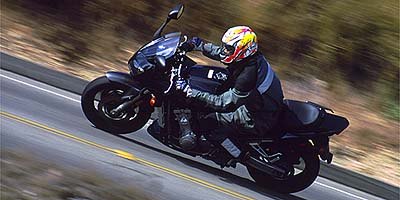







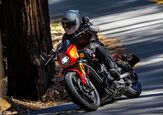
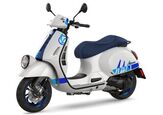
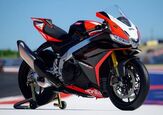

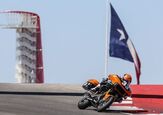


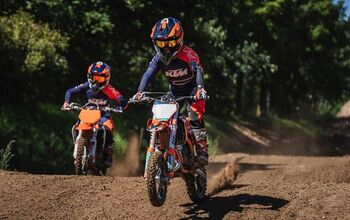


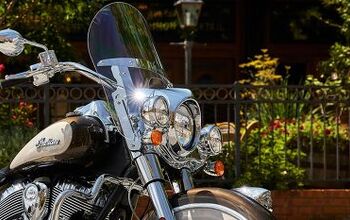
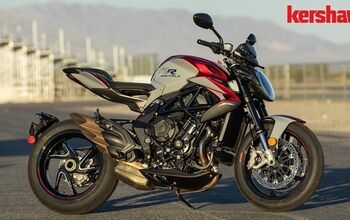

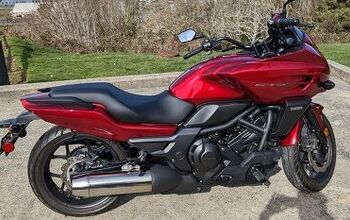

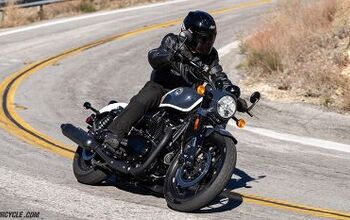
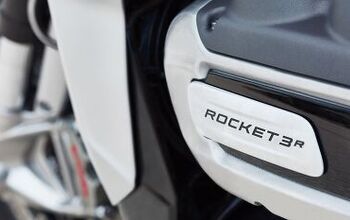

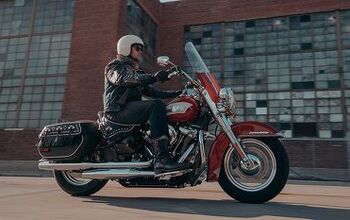
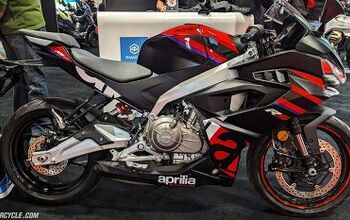
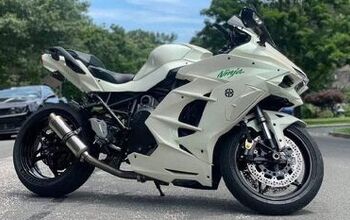


Comments
Join the conversation